The Manson Family Cult: Origins, Influence, and Lessons
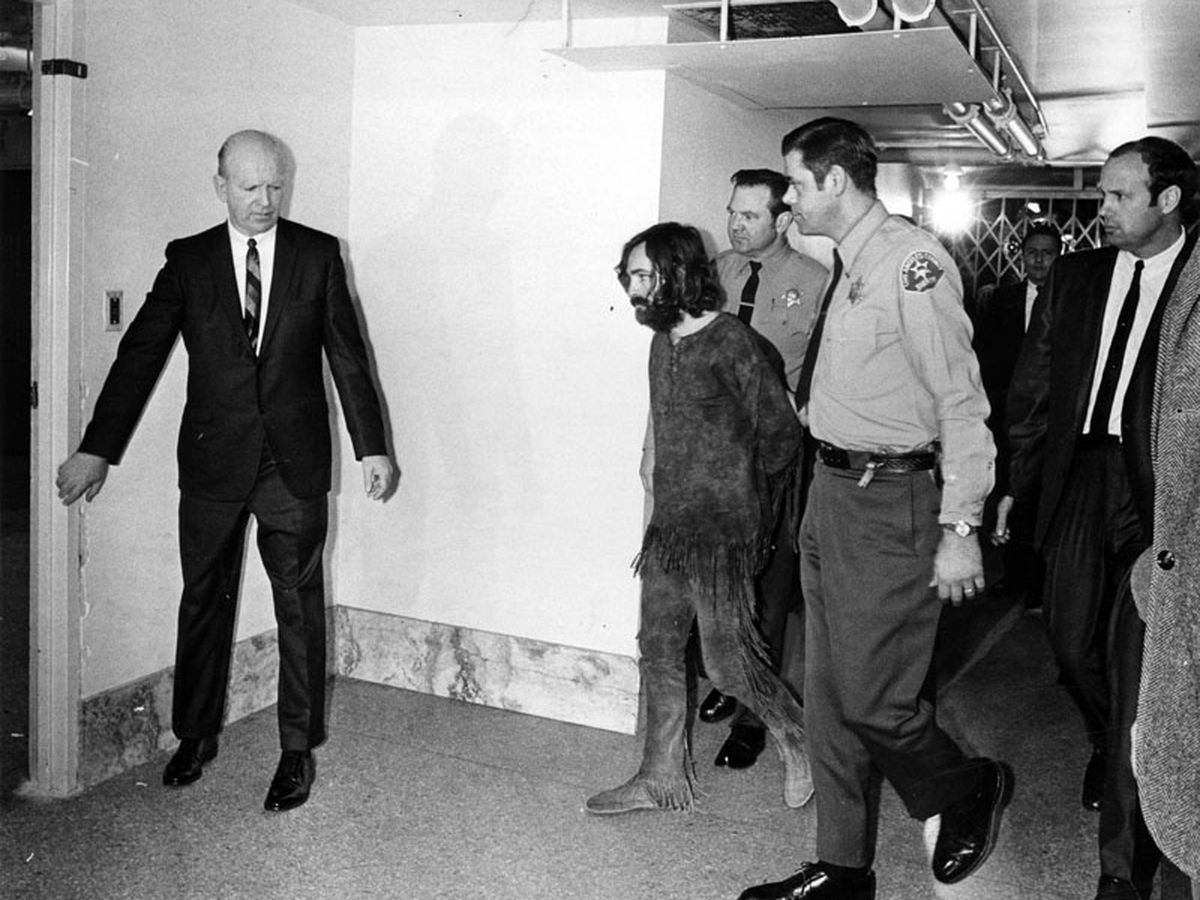
Stolen and Reappropriated Elements
The beliefs and practices of cults often combine unoriginal elements in novel but misguided ways. The Manson Family was no exception, drawing from various psychological models, religious traditions, and pseudoscientific ideas of the era.
Charles Manson, the cult’s charismatic leader, wove together a patchwork theology that included references to Scientology’s concept of “clearing,” the Process Church’s worship of both Christ and Satan, the 19th-century pseudoscience of physiognomy, and even the Beatles’ White Album, which he believed prophesied an apocalyptic race war. By cherry-picking and twisting these disparate elements to fit his worldview, Manson created a compelling but ultimately destructive belief system that ensnared his followers.
Biography of Charles Manson
Charles Manson’s life was marked by trauma, instability, and criminality from an early age. Born to an unmarried teenage mother in 1934, he spent much of his childhood in reform schools and juvenile detention centers. As an adult, he cycled in and out of prison for crimes ranging from car theft to pimping.
Despite his troubled background, Manson possessed a keen intelligence and a magnetic personality. He was a skilled manipulator, able to sense people’s vulnerabilities and exploit them for his own gain. He used techniques like love-bombing, sleep deprivation, and LSD to break down his followers’ defenses and instill unquestioning loyalty.
Manson’s ultimate motivation seemed to be a desperate desire for fame and recognition. He fancied himself a musical genius and hoped that his cult would help him achieve stardom. When that dream failed to materialize, he turned to increasingly grandiose and violent schemes, culminating in the infamous Tate-LaBianca murders of August 1969.
Timeline of the Cult’s Rise and Fall
1967: Manson is released from prison and moves to San Francisco, where he begins gathering followers among the city’s hippie population.
1968: The Manson Family moves to Los Angeles, living in various locations including the infamous Spahn Ranch. Manson pursues a music career, making connections in the entertainment industry.
August 1969: Manson orders his followers to commit a series of brutal murders, including the killing of actress Sharon Tate.
October 1969: Manson and several of his followers are arrested for car theft. Investigators begin to suspect their involvement in the Tate-LaBianca murders.
June 1970: Manson and three associates are charged with multiple counts of murder and conspiracy.
January 1971: The murder trial begins, drawing intense media coverage.
January 1972: Manson and his co-defendants are found guilty on all counts and sentenced to death, later commuted to life in prison.
The Manson Family and the Zeitgeist of the 1960s
The Manson Family emerged during a time of immense social and cultural upheaval in America. The 1960s saw the rise of the counterculture, the civil rights movement, opposition to the Vietnam War, and a growing interest in alternative spirituality and lifestyles.
In many ways, the Manson Family exploited the anxieties and disillusionment of the era. Manson offered his followers a sense of belonging and purpose in a world that seemed increasingly chaotic and uncertain. He tapped into the decade’s apocalyptic undercurrents, convincing his disciples that a cataclysmic race war was imminent and that they would emerge as the chosen survivors.
The cult also reflected the dark underbelly of the 60s counterculture. While the hippie movement espoused ideals of peace, love, and expanded consciousness, Manson twisted these concepts to justify violence, control, and sexual exploitation. The Tate-LaBianca murders shattered the utopian dreams of the Summer of Love and forced a national reckoning with the era’s excesses and contradictions.
Adjacent Cultural Movements and Conspiracy Theories
The Manson Family intersected with various cultural currents and conspiracy theories of the late 1960s and early 1970s. Some of these connections were tangential or imagined, while others reflected genuine links between the cult and the wider zeitgeist.
One persistent theory holds that Manson was an informant for the FBI or CIA, tasked with infiltrating and discrediting leftist groups like the Black Panthers. While this claim remains unsubstantiated, it speaks to the paranoid climate of the era, when revelations of government surveillance and dirty tricks fueled widespread mistrust of authority.
The Manson case also became entwined with the “Paul is Dead” urban legend, which held that Paul McCartney of the Beatles had died and been replaced by a lookalike. Proponents of the theory pointed to supposed clues in the White Album’s lyrics and artwork, some of which Manson himself had allegedly interpreted as prophetic messages.
In the years since, the Manson Family has been a frequent subject of true crime media and conspiracy lore. Shows like Helter Skelter (1976) and Mindhunter (2017) have dramatized the case, while books like Chaos by Tom O’Neill have delved into its unsolved mysteries and alleged cover-ups. The cult’s enduring fascination speaks to its disturbing allure and its ability to evoke the darkest undercurrents of American culture.
Deprogramming, Recovery, and Lessons
Learned In the aftermath of the Tate-LaBianca murders, many Manson Family members began to question their loyalty to their leader. Some, like Linda Kasabian and Barbara Hoyt, turned state’s evidence and testified against Manson at trial. Others, like Leslie Van Houten and Patricia Krenwinkel, remained under his sway for years, only gradually coming to terms with the enormity of their actions.
The process of deprogramming and recovery for former cult members is often long and difficult. It involves confronting the psychological manipulation and abuse they endured, as well as grappling with guilt and shame over their complicity in the group’s actions. Many ex-members of the Manson Family have spoken about the challenges of rebuilding their lives and identities after leaving the cult.
The Manson case offers valuable lessons about the dynamics of coercive control and the warning signs of cult involvement. Abusive partners, authoritarian leaders, and extremist groups often use similar tactics to the ones Manson employed, such as love-bombing, isolation, and the inculcation of an “us vs. them” mentality.
By understanding these methods, we can become better equipped to recognize and resist them in our own lives. This might involve setting healthy boundaries in personal relationships, critically examining the claims of charismatic leaders, or supporting loved ones who may be vulnerable to cult recruitment.
Ultimately, the story of the Manson Family is a cautionary tale about the human capacity for darkness and the importance of safeguarding our autonomy and moral compass in the face of persuasive but destructive influences. By learning from this tragic chapter in history, we can work to build a society that is more resilient to the lure of cults and better able to protect its most vulnerable members.
Bibliography:
- Bugliosi, Vincent, and Curt Gentry. Helter Skelter: The True Story of the Manson Murders. W.W. Norton & Company, 2001.
- Guinn, Jeff. Manson: The Life and Times of Charles Manson. Simon & Schuster, 2013.
- O’Neill, Tom. Chaos: Charles Manson, the CIA, and the Secret History of the Sixties. Little, Brown and Company, 2019.
- Atchison, Andrew J., and Kathleen M. Heide. “Charles Manson and the Family: The Application of Sociological Theories to Multiple Murder.” International Journal of Offender Therapy and Comparative Criminology, vol. 55, no. 5, Aug. 2011, pp. 771–798.
- Weyrauch, Walter O., ed. The Law of Cults: Emergence of a New Socio-Legal Field. Routledge, 2021.
- Tobias, Madeleine. “Charles Manson’s Exploitation of ‘the 60s’.” The Journal of Popular Culture, vol. 15, no. 1, 1981, pp. 68-79.
- Lake, Dianne. Member of the Family: My Story of Charles Manson, Life Inside His Cult, and the Darkness That Ended the Sixties. William Morrow, 2017.
- Lalich, Janja, and Michael D. Langone. “Characteristics Associated with Cultic Groups – Revised.” International Cultic Studies Association, 2006.
- Hassan, Steven. Combating Cult Mind Control: The #1 Best-Selling Guide to Protection, Rescue, and Recovery from Destructive Cults. Freedom of Mind Press, 2018.
- Cummins, Eric. “The Manson Obsession: The Aesthetics and Economics of True Crime.” Radical History Review, vol. 2002, no. 82, Jan. 2002, pp. 148–160.
Other Cults and Conspiracy Theories





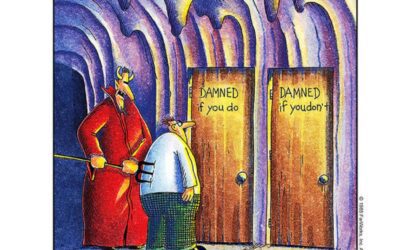
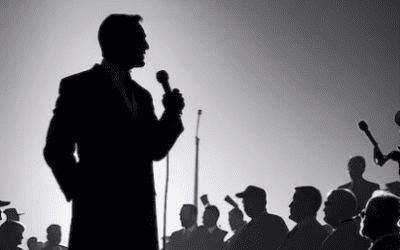
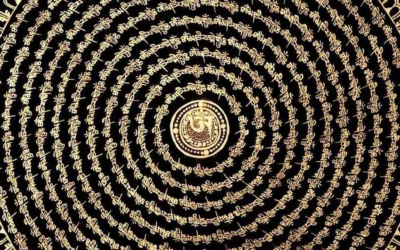

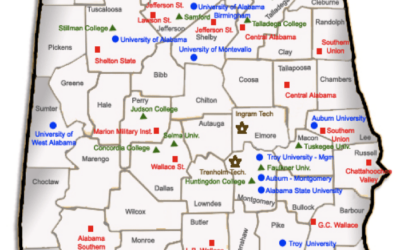
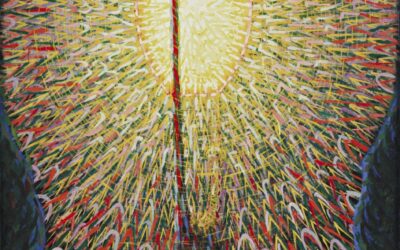
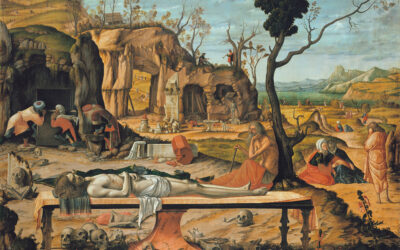



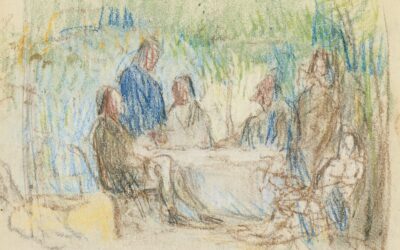
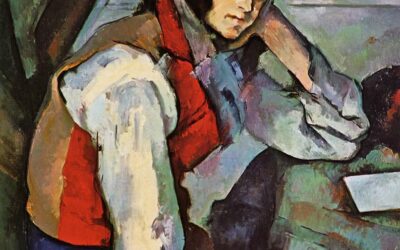


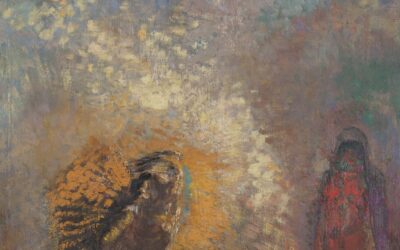

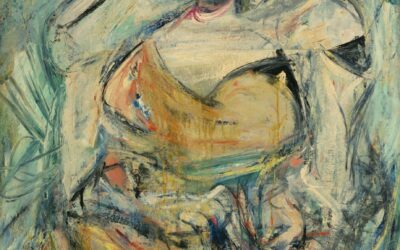


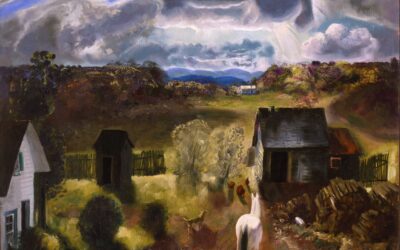
0 Comments